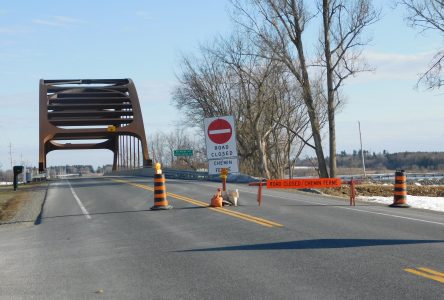The first virtual meeting of the Eastern Ontario Wardens Caucus (EOWC) focused on a review and revamp of priorities to pursue for Eastern Ontario. The May 29 teleconference finished with agreement that recovery plans for Eastern Ontario in the wake of the pandemic takes priority.
Wardens’ caucus revises regional priorities



